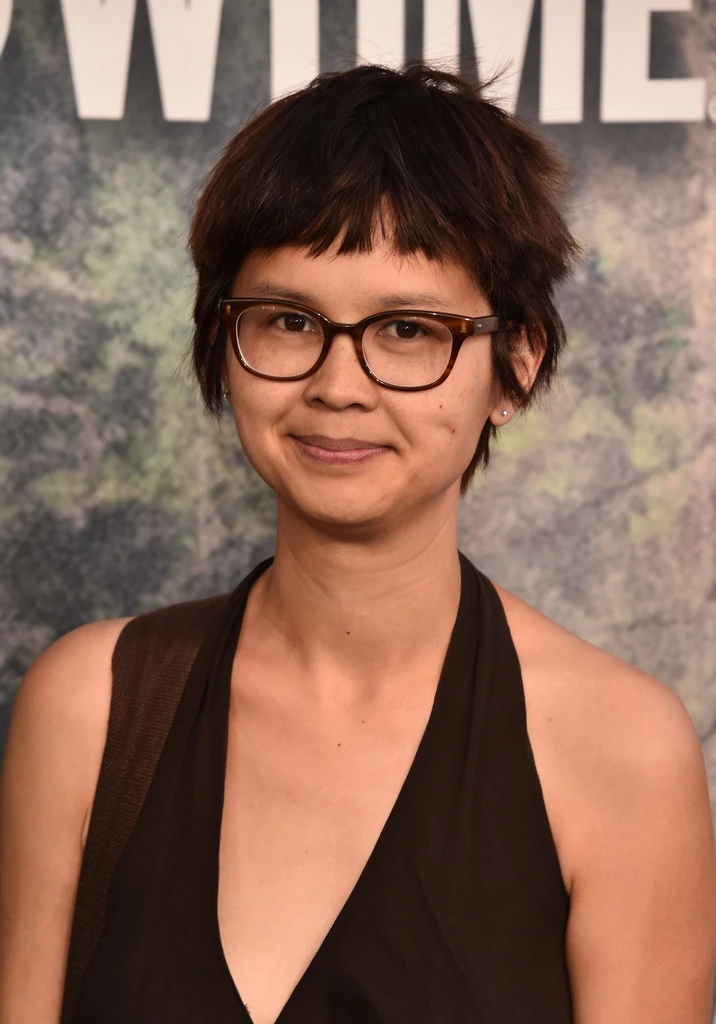Real versus wood can be used to create in a method that’s at this point recognizable globally as Islamic. This modern method to mosque quality keeps origins inside British Empirea€™s a€?Indo-Saracenica€? stylea€”based of the Mughal buildings of northern Republic of india that is definitely displayed by the Taj Mahala€”featuring high ogival a€?oniona€? domes, tapering minarets, pointed computers running windows, and brightly-colored info. Brit Imperial samples of these mosques had been made from Malaysia to Kenya to Hong-Kong, and are continue to reflected in Hollywooda€™s Orientalist movie sets. Now, the status of Saudi Arabian Islam as well connection with the hajj pilgrimage posses offered a starker, straightforward Islamic structures, with white-walled, green-trimmed mosques being the newest worldwide norm. Mosques internationally currently merge the onion dome of the Indo-Saracenic employing the complete white and alternative of the Gulf, promoting a fresh Islamic koine this is certainly effortlessly replicable in bolstered cement. The greatest exemplory instance of this newer Islamic worldwide preferences in Asia may rebuilt Sojournersa€™ Mosque in Lanzhou, a Hui mosque that combines a towering onion attic with sleek modernist detailing, communicating three stronger communications: Islamic convention, Chinese modernity, and a link for the much wider Islamic globe. The old Hui utilization of Chinese courtly structures is actually no place to be noticed.
In comparison, as dollars pours into Xinjiang, Uighur mosque people are suffering from an exceptional and flamboyant Persianate mosque elegance that stresses their particular Central Asian and in addition Islamic character. Large, slender, cylindrical minarets and ogival domes ready these mosques apart from the encompassing scenery, however similarity to Lanzhou finishes truth be told there. Inside and out these are typically furnished with a profusion of intricately decorated and designed ornament, recalling the elderly commemorations of Kashgar, Yarkand, and Turfan. The apparent plan is reveal not simply Islam but an ethnically certain Islam which is not Han Chinese. The Beijing authorities features co-opted this Persianate style for professional and touristic buildings in Xinjiang. Urumqi, the administrative centre of Xinjiang but a virtually particularly Han and Hui urban area, have unique stores in a resplendent neo-Uighur elegance, indicating an even more striking and flourishing Uighur occurrence since city than may be the genuine situation.
On the other hand, there is also further paradox during the sweeping damage of old core of Kashgar, the restive middle of Uighur customs. In the term of evolution, previous Kashgara€™s stone bazaars and domestic cul-de-sacs are increasingly being bulldozed by Chinese authorities to make way for latest rental locks, marketed with the more and more Han Chinese residents. Through the entire Tarim oases, grand earlier Uighur monuments for example the Idgah Mosque and Afaq Khodjah mausoleum are being redesigned your thriving satin path holiday deal but increasingly separated through the Islamic urban setting that offers them his or her this means. Thus could be the good sport of fighting spiritual and political personal information being played in Xinjiang through the proxy of new style.
[1] begin implementing English communication options towards reputation for the biggest Chinese mosques: Luo Xiaowei, a€?China,a€? for the Mosque: History, Architectural improvement & Regional assortment, eds. M. Frishman and H.U. Khan (New York: Thames & Hudson, 1994); Bernard Oa€™Kane, a€?Iran & middle Parts of asia,a€? in the same levels; Sun Dazhang, historical Chinese design: Islamic houses (Vienna and nyc: Springer-Verlag, 2003); and Nancy Shatzman Steinhardt, a€?Chinaa€™s first Mosques,a€? in record associated with Our society of Architectural Historians 67 (2008): 330-361.
[2] on production of Hui name, understand process of Dru Gladney, such as Ethnic identification in Asia: The Making of a Muslim number Nationality (New York: Harcourt support Jovanovich, 1997). See also Jonathan Lipman, Familiar people: a brief history of Muslims in Northwest Asia (Dallas, WA: college of Arizona, 1998).
[3] Steinhardt, a€?Chinaa€™s Earliest Mosques,a€? 335. We adhere the woman relationships and test for earliest  Chinese mosques in southeastern Asia, as well as the close mosques in Xia€™an and Beijing.
Chinese mosques in southeastern Asia, as well as the close mosques in Xia€™an and Beijing.
[4] this is noted by Justin Jon Rudelson in retreat Identities: Uighur Nationalism along Chinaa€™s cotton highway (ny: Columbia, 1997) and Dru Gladney in Ethnic Identity in China. When it comes to contemporary past of Xinjiang, look at actually works of James Millward, especially Eurasian intersection: a brief history of Xinjiang (nyc: Columbia).
[5] Afaq Khodja (1626-94) am a Sufi sheikh and local ruler. Amannisa Khan (1526-60) was a famous Uighur author and regal wife.
[6] On Uighur pilgrimage mazars along with their political proportions, notice Justin Jon Rudelson, retreat Identities; Thierry Zarcone, a€?Sufi Lineages and Saint Veneration in 20 th 100 years east Turkestan and Contemporary Xinjiang,a€? inside Turks (Istanbul: Yeni TA?rkiye, 2002); Rachel Harris and RahilA¤ Dawut, a€?Mazar Festivals of the Uighurs: tunes, Islam and Chinese condition,a€? Brit record of Ethnomusicology 11 (2002): 101-118; and RahilA¤ Dawut, a€?Shrine Pilgrimage among the Uighurs,a€? The Silk highway